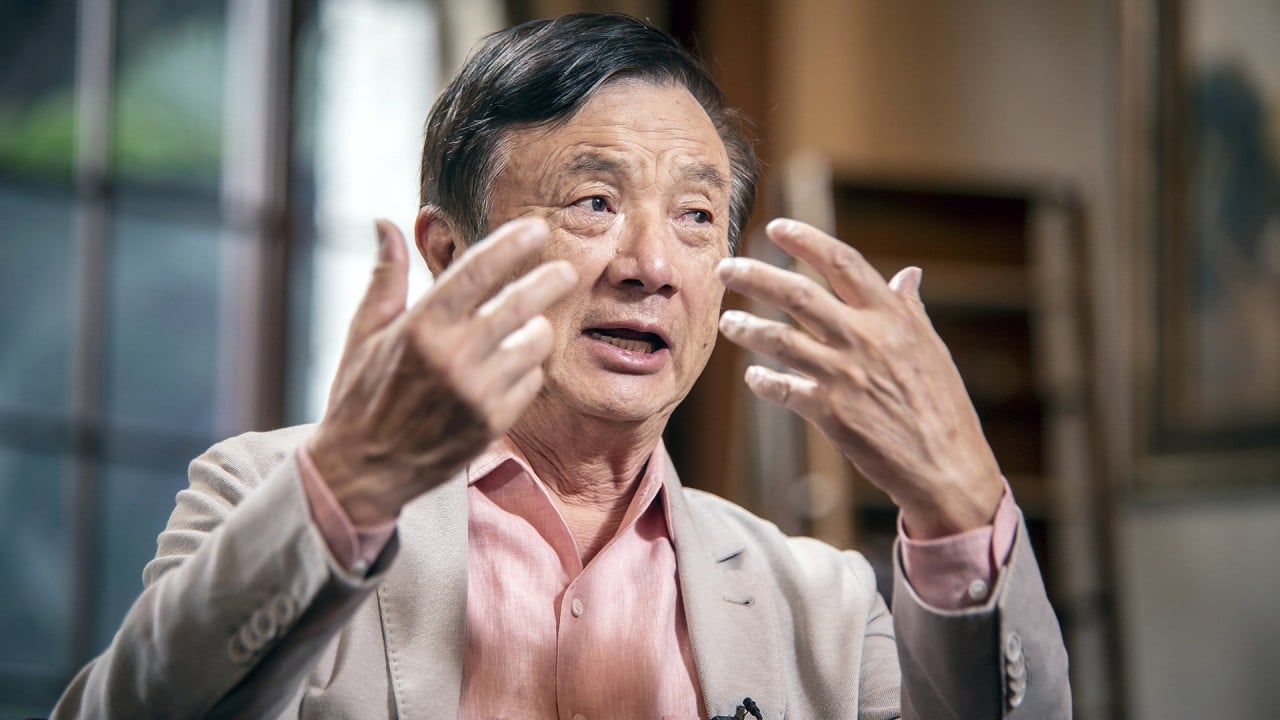
19th-century US world view has no place in Asia’s vibrant, China-led future
- The world is moving beyond the order the Biden administration is cultivating, and no restoration or normalisation can bring back the old status quo
- Competitive coexistence is a reality for China but a new strategy for the US, and while America searches for a renewed role in the region, China already has an established position
“Competition without catastrophe” is how then national security adviser nominee Jake Sullivan defined the US-China strategic landscape. Kurt Campbell, US President Joe Biden’s “Asia Tsar” nominee, paralleled the 19th-century world order to illuminate 21st-century US foreign policy for the Indo-Pacific.
Both represent the ideal of Pax Americana elitism: cultured, restrained and alliance-minded. Both are Kissingerian pundits of balance of power.
One precondition predicates a Kissingerian world – US hegemony is perceived to be over. Unipolarity has been conceded. In the age of transcendence, strategic vision must begin with judgment of the current state and the other side.

03:23
China mocks the US as Beijing compares chaos at Capitol with Hong Kong protests
While the US restores the old, China is constructing the new. If that’s the best the US can offer the Indo-Pacific, it will hardly excite Southeast Asia. People in the region have a median age of 30.2 years, they bear no memories of the Cold War and their lives are intricately intertwined with China’s rise.
What will America be like in 2035, and what about its relationship with the world? The US administration no longer tries to define a vision longer than four years.

04:33
As Biden enters White House, world leaders express ‘relief’ and welcome ‘friend’ and ‘mate’ back
China has a legitimate place in the Indo-Pacific as its indigenous economic leader, with 50 per cent of the region’s GDP. It has memberships in the region’s primary institutions and has invented its own parallel regional institutions, from development banks to security pacts.
China aims to establish leading technology standards for the 21st century by 2035, from telecoms to quantum computing and AI. There can be only one set of standards for global technologies.

03:19
Huawei’s Ren Zhengfei says he drew on the best of US politics and business to found telecoms giant
Competitive coexistence is China’s reality but a new strategy for the Biden administration. Sullivan seeking the space between “neo-containment” and a “grand bargain” only reveals a disequilibrium. The US is searching for a renewed role in the Indo-Pacific while China already sits in its place.
With peace assured by US foreign policy, China could feel more secure and focus more on growing its economy. It could also feel more assertive and advance its regional strategic position. With avoiding catastrophe as the bottom line, China could well accomplish both.
Therefore, the best historical example to illuminate the Indo-Pacific’s future is not 19th-century Napoleonic Europe but 19th-century America, an America there once was.
Dr Shirley Ze Yu is a political economist, an Asia fellow at the Ash Centre for Democratic Governance and Innovation and a former Chinese national television (CCTV) news anchor

